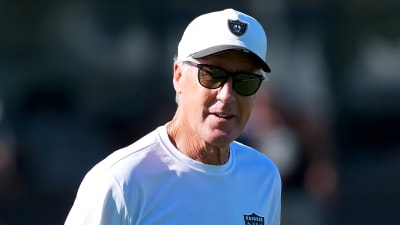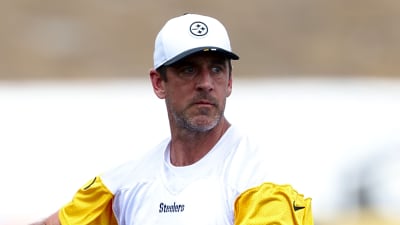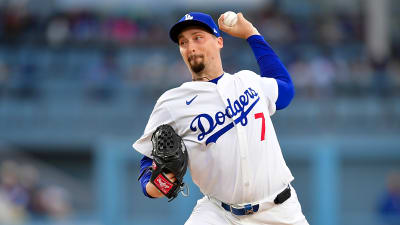
Upon his arrival at Stamford Bridge, Enzo Maresca was labelled many things. A Pep Guardiola disciple, a stubborn coach, a my way or the high way kind of manager. And while that may have appeared true on the surface his first 12 months with Chelsea have shown a versatility and intelligence that could steer him and the club well going forward.
Enzo Maresca Tactical Evolution: How He Became World Champion
The Beginning
To start with, the Italian had his eleven shift from a 4-2-3-1 into a 3-2-4-1. The box midfield was all the rage with one full-back inverting beside the defensive midfielder to allow for open passing lanes at all time centrally and around the box. For much of the season it was Marc Cucurella moving in alongside Moises Caicedo or briefly Caicedo playing at right back and inverting alongside Romeo Lavia.
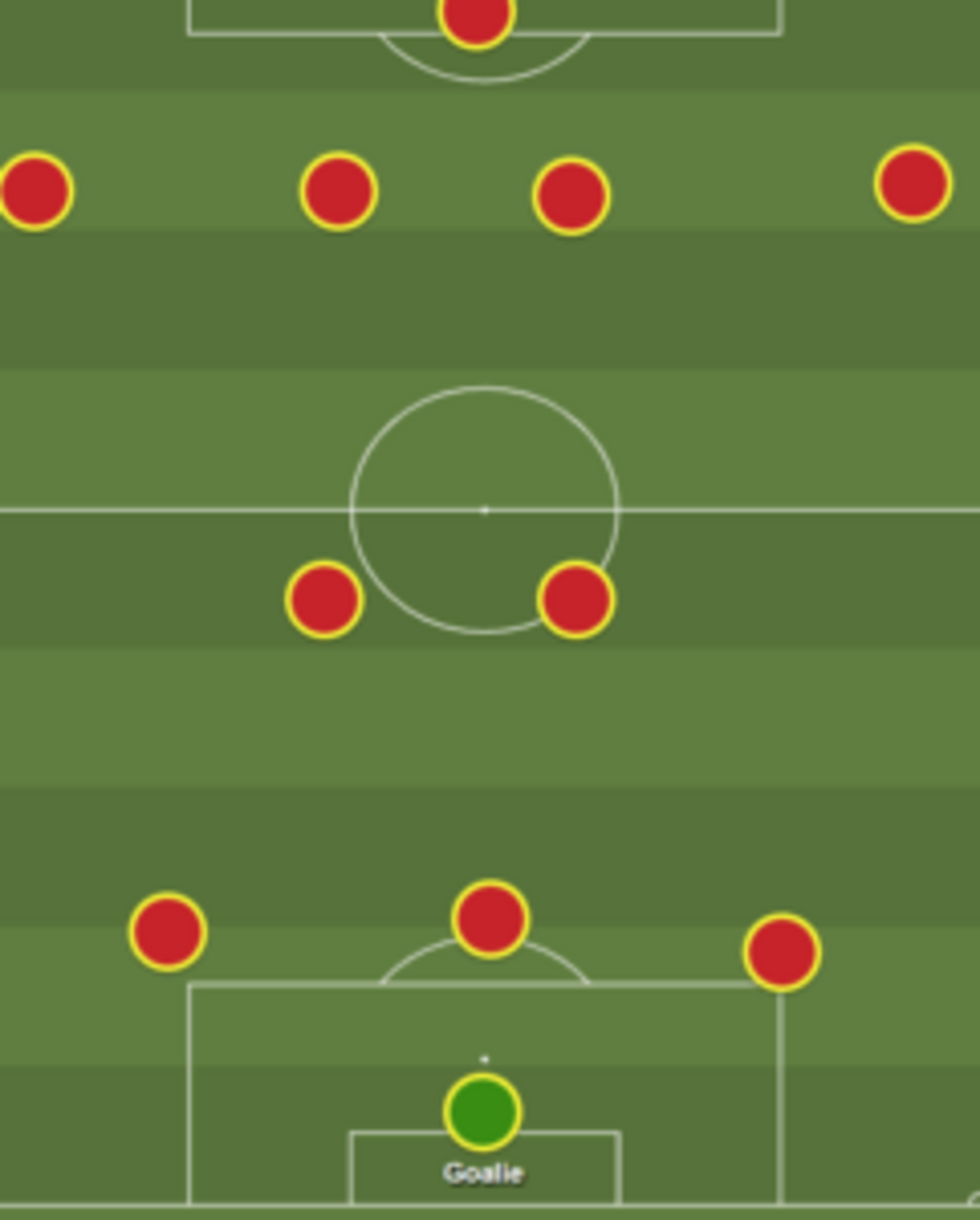
The emphasis was on crowding the centre of the pitch, allowing the wingers to get 1v1 with full-backs with bodies in and around the box to counter-press and crash to convert chances. This worked for a while as Cole Palmer and Nicolas Jackson’s prolific start to the campaign had the team as high as second in the Premier League.
Generally, we knew the roles of everyone involved, Palmer and Enzo Fernandez were the two behind the striker, Cucurella or Caicedo would invert, it was all very stable and predictable but it was working.
One underrated aspect of why it was working and why it fell apart was the injuries to Lavia and Wesley Fofana. Their roles in controlling possession was crucial with both tasked with stepping up and trying to cut off the escape ball or make a tackle early to recycle possession.
When the French defender got hurt, there was nobody with his recovery pace available meaning Levi Colwill, Tosin Ararabioyo, and later Trevoh Chalobah were all used to covering space instead of stepping up to mark tightly. This made the Blues more prone to c0unters as evidenced by their poor string of results at the turn of the year.
Conference League Testing
When against weaker opposition Maresca did alter his approach a little to be more akin to his ideal. One thing he spoke about a lot throughout the campaign was balance. He needs his squad to be equally capable defensively and offensively. What this meant is that he could change the balance for weaker opposition he knew he’d overwhelm.

In some Conference League matches the team was sent out in more of a 4-1-4-1 shape that moved to a 3-3-4, allowing them to press very high with the full-backs moving up to win the ball back, allowing the DM and centre-backs to clean up any attempted breakaways through the middle. It’s actually a similar idea to what Sonia Bompastor uses, where Lucy Bronze was often kept high up to recycle the ball as a DM sat with Millie Bright and Nathalie Bjorn sweeping up counters.
Agaisnt lower-level teams who lack in technical ability this is a setup that can cause a lot of problems as there’s four bodies ready to press high up the pitch, three ready to pounce on any out ball, and three physical bodies at the back ready to shield a loose ball back to the goalkeeper or win a duel to recycle.
The First Signs of Change
As mentioned, the 3-2-4-1 had a stumble from December onwards when Fofana and Lavia went down with injury. It no longer helped the team to control games and most opponents found a way to stop the central attacks while dealing with the 1v1 wingers with relative ease.
There were some jokes made in the run-in about Cucurella and Enzo being the top scorers for the Blues but that was an intentional change on Maersca’s part as part of his tactical evolution. What he began to do was focus on a diamond midfield instead of the box, it’s a more risky endeavour as it leaves one less body back defensively but it allows for more players to occupy the defensive line and crash the box.
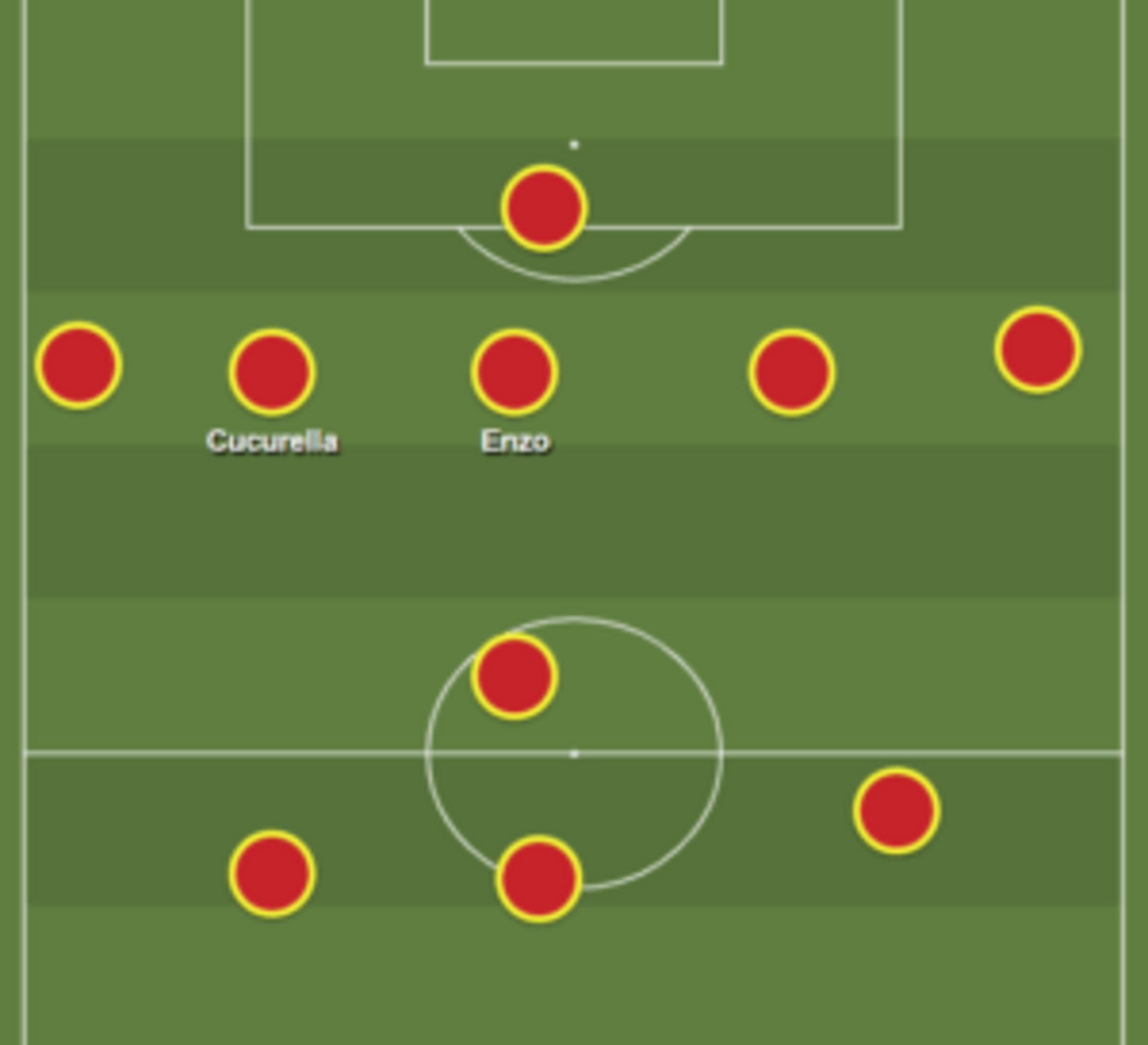
This new system was able to open up opposing teams with Cucurella’s presence making things difficult. He would either underlap on the left to create space for the winger, or he and Enzo would crash the box on crosses or low-balls in from Palmer to score goals. This was effective in creating goalscoring opportunities without Nicolas Jackson in the team.
What also returned was the aggressive defending. Colwill was now tasked to step up and cut out opponents’ moves at the beginning. When he wasn’t able, either Tosin or Chalobah would provide cover. As the term went on and the defensive units gelled more we saw them get more and more effective at cutting off counter attacks at the source.
One issue remained however, despite the turnaround in fortunes, the main criticism of the coach was that Palmer wasn’t influencing matches. His stats took a dip from January onward with him having an extended goal drought and picking up a small number of assists in the second half of the season. Which has brought us to the latest innovations from the Italian.
Club World Cup Experiment
With Lavia back there was a question of how the team would try to fit him, Caicedo, and Enzo together again. Earlier on this was done by putting the Ecuadorian as an inverted right-back, but during the recent tournament, we saw a pretty big shift in the manager’s plans.
After consistently using Palmer as an attacking midfielder with Fernandez mostly pushing up when in possession, there was a change as the Argentine was played centrally with the Englishman moved out wide. This meant that there was no inverting into the pivot with the two-man defensive midfield staying where they were…what did this mean for Cucurella?
Well, he had a much more free role throughout the tournament, but he was mostly used as an effective dummy for Palmer. The Spanish full-back would unerlap or overlap to take defenders way from his teammate, with space opening up for the former Manchester City man to make the kind of killer passes we’d seen from him all season long.
This newest innovation was put to the test in the CWC final when the Blues came up against the UEFA Champions League winners, Paris Saint-Germain.
How the Final Was Won
For the final, the starting eleven looked a little something like this.
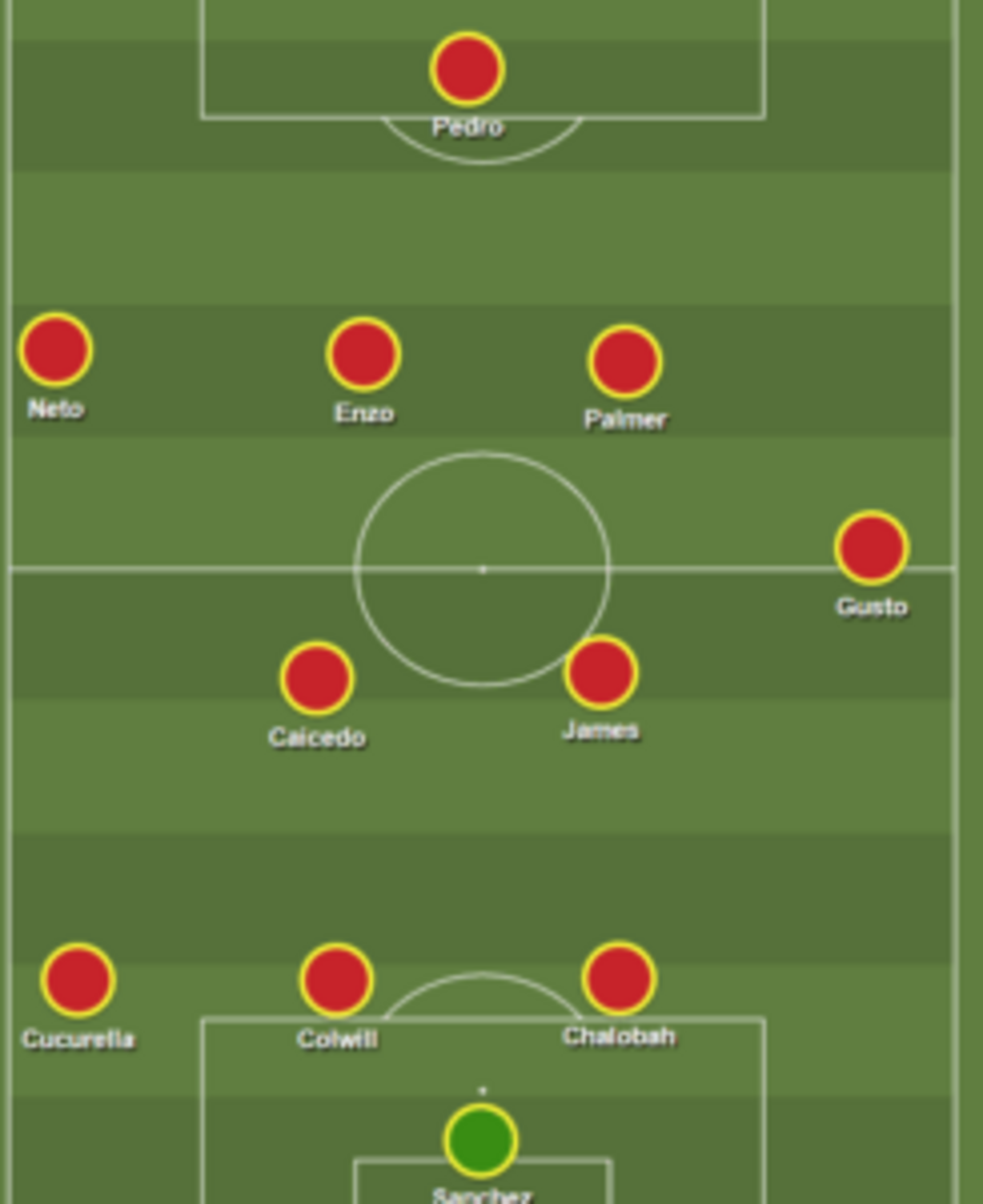
While Palmer was the right-winger, he was given license to move inside by the overlapping runs of Malo Gusto on the flank. This was similar to what we saw throughout the Club World Cup on the left with Cucurella. Reece James came into central midfield as both a press-resistant option and cover for Gusto’s forward runs. Of course, the Spanish left-back was also free to cause some problems but was defensively very focused on stopping PSG’s wingers/
With the pace and stamina of the back three they were able to play aggressively with Chalobah being capable of defending the wide areas and Pedro Neto operating almost as a wing-back to defend. It was a slight tweak on the setup that had been tested out by the manager in the second half of the league campaign, just with a greater emphasis on unlocking Palmer.
In fact, getting bodies high up was something we saw against Fluminense to great effect. Palmer’s goal came from a full-back and winger occupying space out wide while Chalobah stepped up to drag a midfielder away, allowing Palmer to receive the ball in space, something he’s rarely given the chance to do.
Not So Stubborn
For some time, the label of stubborn followed Maresca wherever he went. Whether it was because he wasn’t going gung-ho or because he wasn’t making the most obvious tactical changes. But, it’s safe to say that he is as adaptable as they come; he’s just smarter about it. Again, he referenced balance a few times this campaign, his belief is that his players as they are, wouldn’t be able to win an end-to-end transitional fight against most teams.
That does NOT mean he’s allergic to playing directly. Against Brighton & Hove Albion, Tottenham Hotspur, Newcastle, and most recently Paris Saint-Germain, he has set his side up to play the kind of passes that unlock these defences, largely due to his belief in his players.
It is safe to say that he wouldn’t have played the way he did against PSG without a Caicedo-James pivot to cover up any potential transitions if Gusto was caught out when trying to overload Nuno Mendes. That’s the balance the manager seeks to create with every eleven, and why it’s so exciting to see the club linked to even more versatile players like Jorrel Hato who could evolve his tactics even further.
Going into 2025/26 with the possibility of Jamie Bynoe-Gittens creating width while Gusto bombs up the other wing and the duo of Palmer/Enzo getting space around the box to create should be exciting for any Chelsea fan. The dynamics up front with Joao Pedro and Liam Delap will add further questions for defences to answer, and not many will be ready for the attacking juggernaut coming their way.
More must-reads:
- No Messi, no problem: MLS thumps Liga MX in All-Star Game
- Bucks executive opens up on Giannis Antetokounmpo trade rumors
- The 'Most NBA games played' quiz
Breaking News
Trending News
Customize Your Newsletter
 +
+
Get the latest news and rumors, customized to your favorite sports and teams. Emailed daily. Always free!



